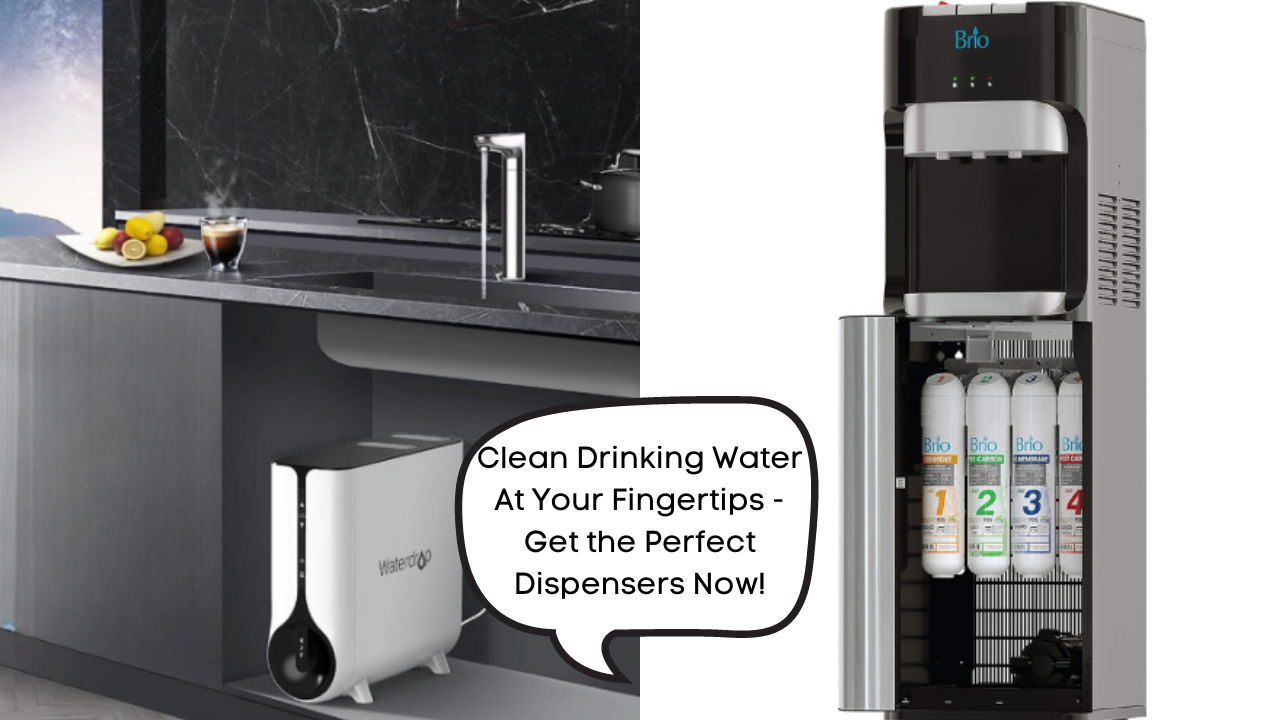Understanding Reverse Osmosis: The Key to Healthier Living

The journey to a healthier lifestyle often starts in the most unexpected places - like your kitchen faucet. If you've ever wondered about the best way to ensure the water you're consuming is pure and safe, reverse osmosis systems could be your answer.
Despite its clear appearance, the water from your tap may be home to a variety of contaminants. These can include harmful substances like lead, which can leach from old pipes, chlorine used for treating municipal water, and even traces of pharmaceuticals. Organic matter, pesticides, and harmful bacteria can also lurk unseen. Additionally, your water might contain dissolved solids such as salts and minerals. While some of these can be beneficial in small amounts, high levels of dissolved solids can lead to issues such as kidney stones and high blood pressure.
Reverse osmosis systems are a popular choice for households looking to improve the quality of their drinking water. These units use a semi-permeable membrane that effectively filters out impurities and contaminants from your tap water, leaving you with clean, pure drinking water. But how exactly does reverse osmosis work? And what should you know before investing in such a system?
What is Reverse Osmosis?
Reverse Osmosis, or RO, is a water purification method that uses a semi-permeable membrane to remove unwanted particles from water. This process works by applying pressure to the water, pushing it through the membrane and separating the pure water from contaminants. The result is water that is free from impurities and safe for consumption.
Reverse osmosis systems are often used alongside other filtration methods such as carbon filters and sediment filters to ensure the best possible water quality. These systems are also highly customizable, with options for pre-filters, post-filters, and even add-ons like UV sterilization.
How does it work?
Imagine trying to separate sand from water using a sieve. The water would pass through easily, while the sand remains behind. The semi-permeable membrane in an RO system does the same thing, but with microscopic precision. It effectively filters out harmful substances like lead, chloride, and bacteria, allowing only clean, pure water to pass through.
RO systems also use a process called cross-filtration, which allows the membrane to continually clean itself as it filters the water. This ensures that the system operates efficiently and prolongs the lifespan of the filter.
Benefits of Reverse Osmosis
One major benefit of reverse osmosis is its ability to remove a wide range of contaminants from your drinking water. These can include heavy metals, chemicals, and microorganisms that may be harmful to your health. Reverse osmosis systems also have a low impact on the environment as they do not require electricity or produce wastewater during the filtration process.
Additionally, RO systems provide an alternative to buying bottled water, saving you money in the long run. They are also easy to maintain and require minimal upkeep, making them a convenient and cost-effective choice for households.
Conclusion
Reverse osmosis is an effective and reliable method for purifying your drinking water. By understanding how it works and the benefits it offers, you can make an informed decision about investing in an RO system for your home. With clean, pure drinking water at your fingertips, you can take a step towards a healthier and happier lifestyle. So why wait? Start researching and find the perfect reverse osmosis system for your household today! So, let's all raise a glass of purified water to better health and well-being! Cheers!






